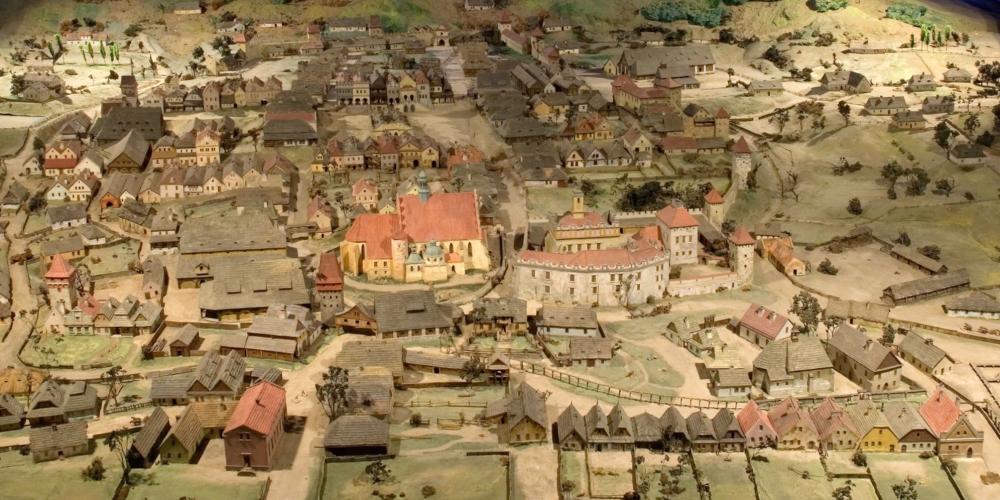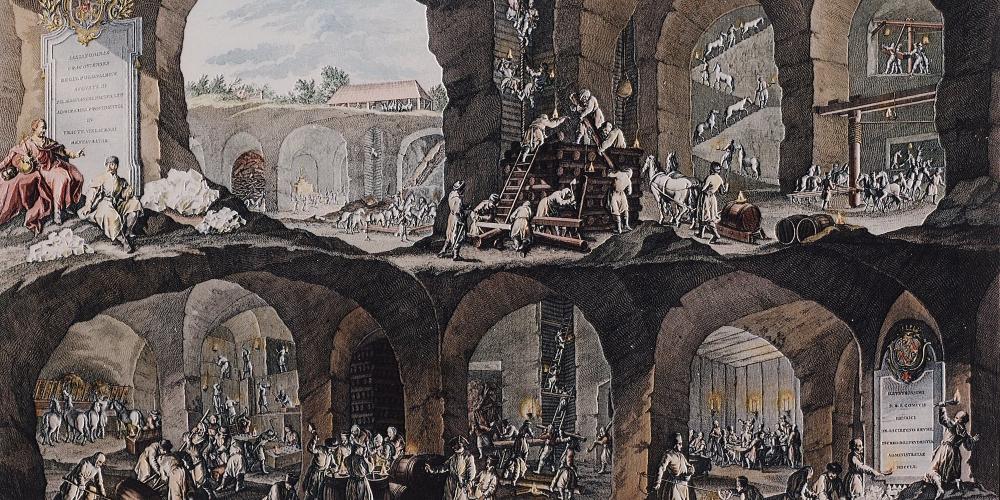The History of the Cracow Saltworks

The salt mines, salt brewing facilities, storage facilities, and workshops in Wieliczka and Bochnia were combined in a single enterprise known as the Cracow Saltworks; since then, the entire profit from the production and sale of salt was channeled into the royal treasury. At times, a third of the kings' receipts derived from the Saltworks. The kings used the "white gold" to maintain their courts, pay the clerks, and build castles, churches. The income also funded the first Polish university in Kraków in the 14th century and the managers of the salt works erected impressive town houses.
In 1368, King Casimir the Great issued a very important document: "Statute of the Cracow Saltworks", which recorded the customary mining law, but also specified the principles of mine organisation, production and sale of salt, categories of employees, and principles of hiring and paying them. On the king's behalf, the Saltworks were managed by the salt manager from the castle in Wieliczka, via a number of clerks. In that period, the mines had several hundred employees.
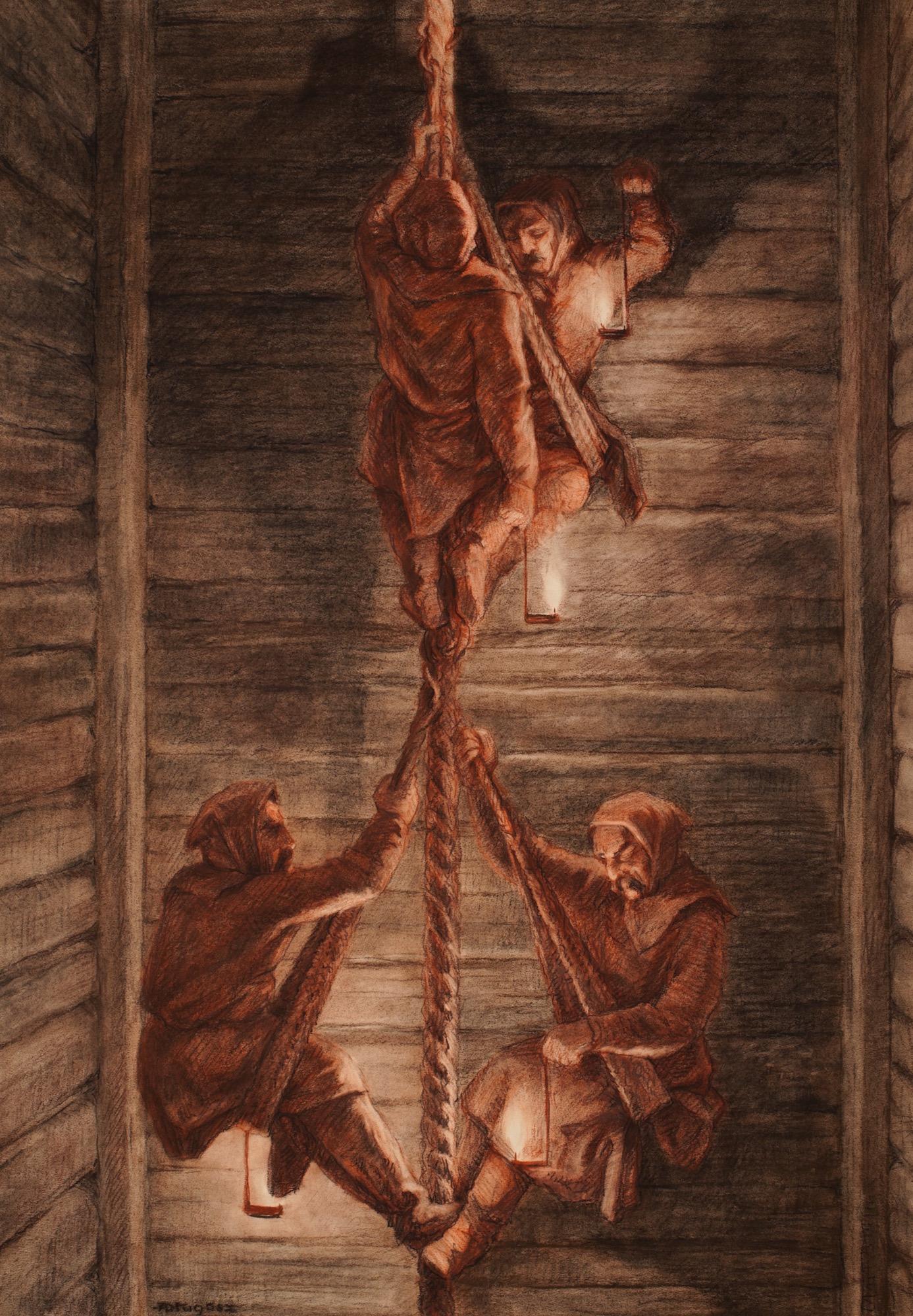
Up to the 15th century, due to technical limitations, it was not possible to dig very deep shafts. Initially, all the work was performed manually and the extraction technology was simple. First, the miners used pickaxes to make low corridors when looking for salt that was fit for extraction. The work was very hard and dangerous. They knelt or laid on a piece of leather and dug all day long. They only had small oil lamps to lit the place and there were constant threats of flooding or methane explosion. Later, other employees arrived, namely diggers, who extended the galleries and chambers, removing salt blocks from the walls, which they later broke into smaller clumps, producing rollable "loaves" weighing 1,100-2,000 kg. Smaller pieces of rock salt were loaded into barrels and transported on miners' backs and later carried to the shaft in wooden carts. Salt was hoisted to the surface with lines and bucket wheels moved by people.
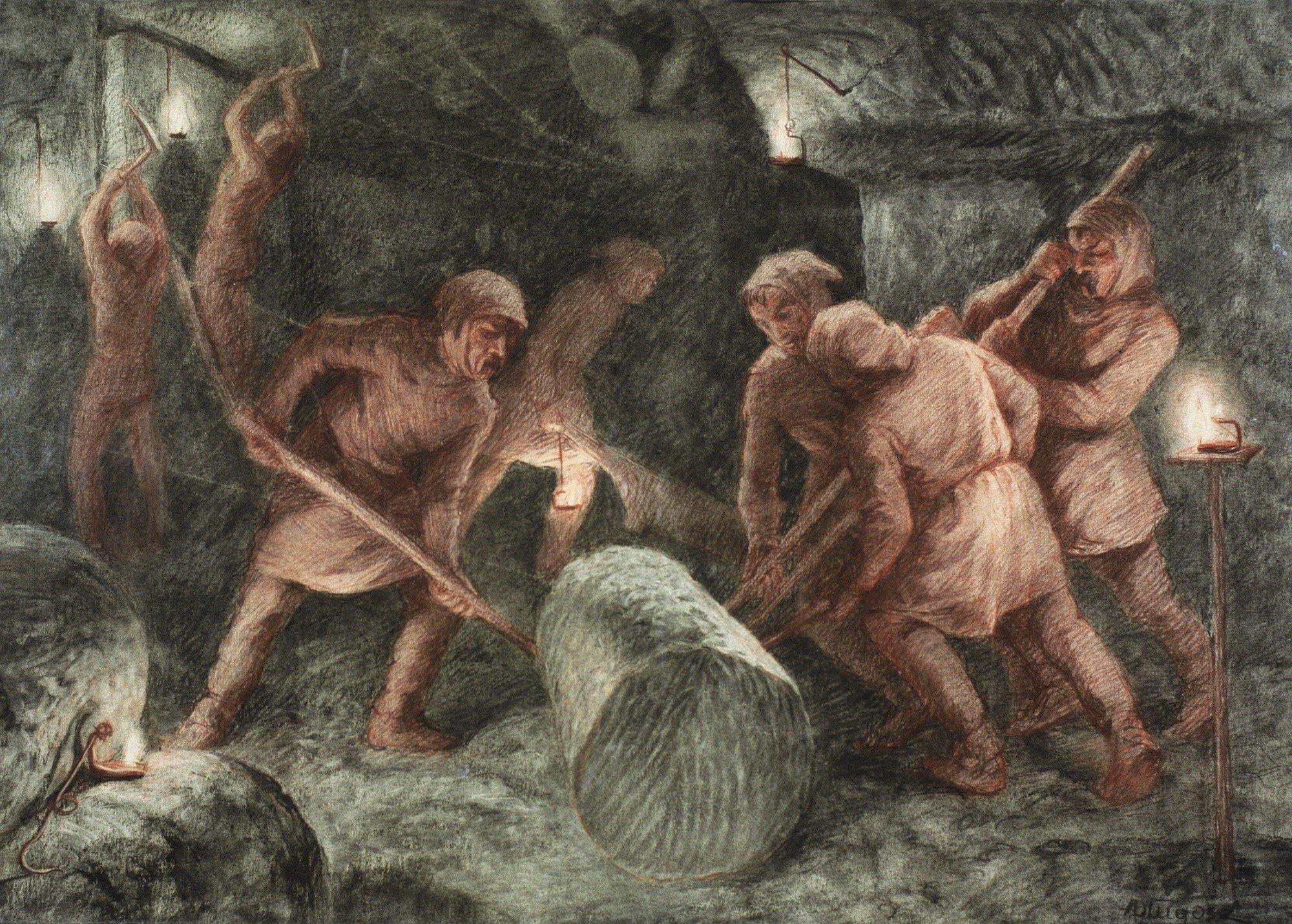
It was only in the 16th century that horses started to help people in the mines: they carried salt in carts along the galleries and they were harnessed to new extraction machines, treadmills. In general, the period between the 14th and the 16th century was the heyday of the Cracow Saltworks. The salt mines were one of the largest enterprises in Europe. Both mines hired several thousand people and extracted about 30,000 tons of salt annually. The number of shafts was growing, and special shafts for de-watering the mines were constructed. The methods of securing the pits improved and it was possible to extract salt from greater depths.
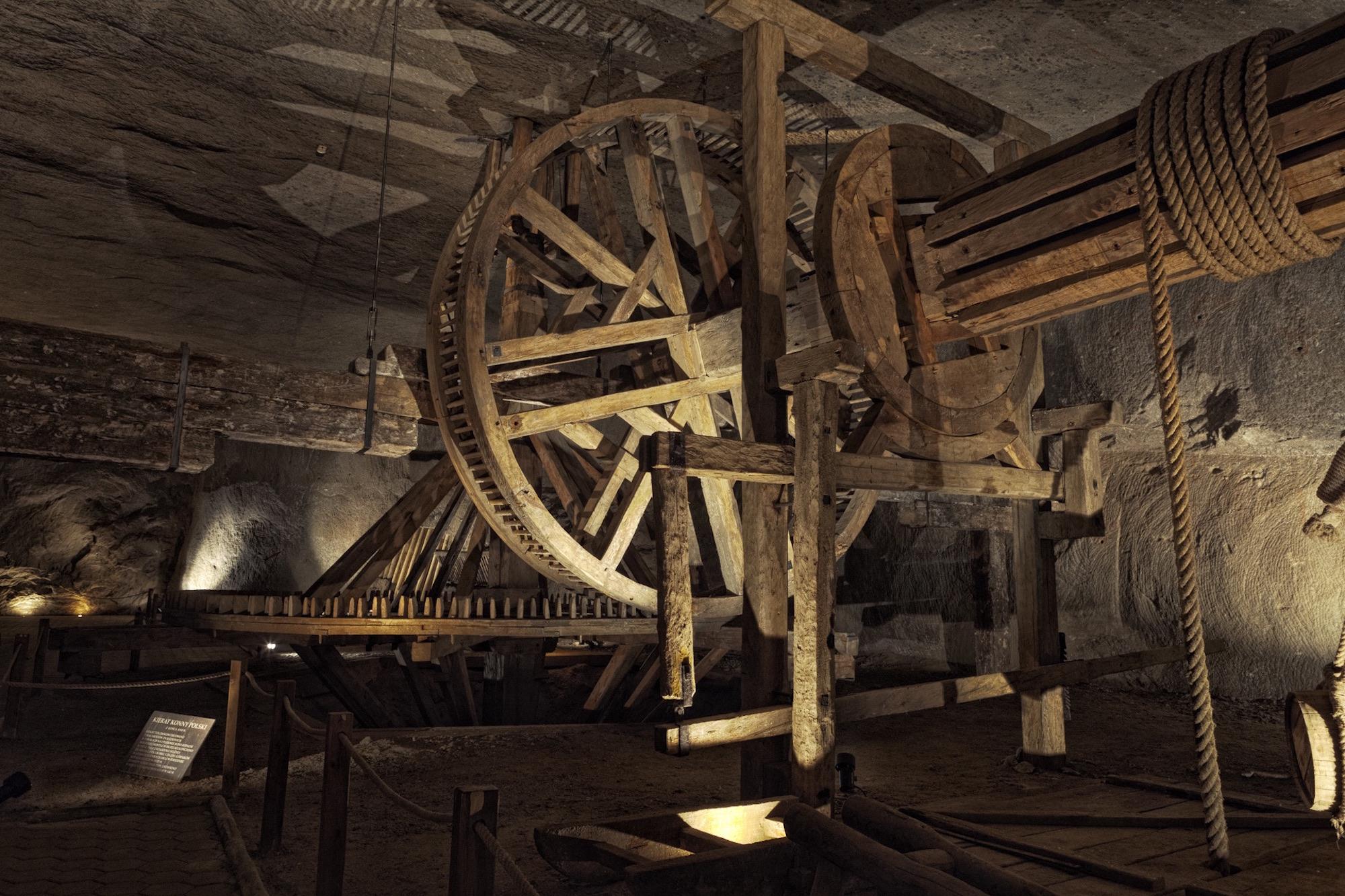
The partition of Poland in 1772 brought an end to the Polish royal rule in the Saltworks, and the mines were taken over by the Austrian Habsburg monarchy until Poland regained independence in 1918. But, this was not a bad period in the history of both mines. The miners who came from the Habsburg empire brought new methods of salt extraction, such as gunpowder. Pneumatic drills, rail transport in galleries, steam extraction machines, steel ropes, cage lifts for miners in shafts and power plants by the mines began to appear.
The towns of Wieliczka and Bochnia also continued to develop. The beginning of the 20th century was marked by the establishment of new mechanised saltworks in Wieliczka, which, after modernisations performed a few years ago, still operate today.

Fortunately, the tragic period of WWII did not substantially harm the salt mines. In 1944, Germans set up an underground armament factory in Wieliczka, but it only functioned for a few months. In January 1945, the mine was captured by the Soviets and later by the Polish communist authorities. Full mechanisation and electrification and a large increase in extraction took place. The Wieliczka Salt Mine expanded up to 240 km of galleries on 9 levels, and the Bochnia Salt Mine up to 60 km of galleries on 16 levels. Open pit mines were also established in the vicinity, where salt brine was produced for the industry.
Eventually, extraction of rock salt became too costly and the deposits started to run dry. The Bochnia Salt Mine ceased to operate as an extraction facility in 1990 and the Wieliczka Salt Mine in 1996. Since then, both mines have focused on developing tourism and spa activities, and preserving and promoting their cultural heritage.
